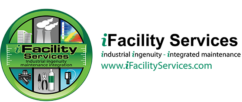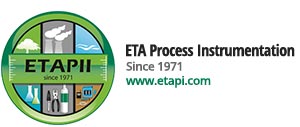click here for SERVICE REQUEST
Fall protection refers to a system of safeguards and measures designed to prevent or mitigate injuries resulting from falls in workplaces or other environments where there is a risk of falling from an elevated surface. Falls are a significant cause of injuries and fatalities in various industries, including construction, manufacturing, maintenance, and even some office settings. To minimize these risks, fall protection systems are put in place to ensure the safety of workers and individuals working at heights.

Key components of fall protection include:
- Guardrails and Barriers: These are physical barriers, often made of rails or fencing, installed around elevated work areas to prevent accidental falls.
- Safety Nets: Safety nets are used to catch workers or objects in the event of a fall, reducing the potential for serious injuries.
- Personal Protective Equipment (PPE): Workers may wear PPE such as harnesses, lanyards, and lifelines that are connected to secure anchor points. If a fall occurs, these devices arrest the fall and prevent the person from hitting the ground.
- Fall Arrest Systems: These systems include anchor points, connectors, and body support (harnesses) to safely arrest a fall, distribute the force of the fall, and minimize injuries.
- Fall Restraint Systems: These systems prevent workers from reaching areas where they could fall. They limit their movement or reach to keep them away from the edge or potential fall hazard.
- Warning Signs and Barriers: Visual cues and signage may be used to warn individuals of potential fall hazards and restrict access to dangerous areas.
- Training and Education: Proper training and awareness programs are essential to ensure that workers understand the risks associated with working at heights and know how to use fall protection equipment effectively.
- Inspection and Maintenance: Regular inspection and maintenance of fall protection equipment are crucial to ensure that it functions correctly when needed.
- Fall protection is governed by regulations and standards set by organizations like the Occupational Safety and Health Administration (OSHA) in the United States and similar agencies in other countries. These regulations outline the requirements for fall protection in different industries and provide guidelines for employers to follow in order to keep their workers safe.
Overall, fall protection is a critical aspect of workplace safety, as it helps prevent accidents, injuries, and fatalities related to falls from elevated surfaces. Proper planning, equipment, and training are essential to ensure that individuals working at heights can do so safely.
iFacility Services provides Competent Person Fall Protection Equipment Inspections. ANSI Z359.1-1992 Requires annual (or more frequently depending on manufacturer guidelines and/or usage) inspection of fall protection equipment by a “Competent Person”. iFacility Services is here to help you comply with this standard. We can provide a “Competent Person”’ equipment inspection at your facility or on equipment sent to our calibration lab. Each piece of equipment is inspected, as required, and we provide an individual detailed document with all details regarding the piece of equipment. Any equipment that fails inspection is pulled from usage and tagged as failing inspection. Full documentation is provided for record keeping and OSHA compliance.
see also:
Instrument Repair & Calibration



